Aristea spiralis
Aristea spiralis (L.f.) Ker Gawl.
Family: Iridaceae
Common names: star-eyed aristea, pale capeblue (Eng.)
Introduction
Clumps of Aristea spiralis make a striking display, the large white to pale blue flowers with purple centres are very attractive and last throughout the spring.
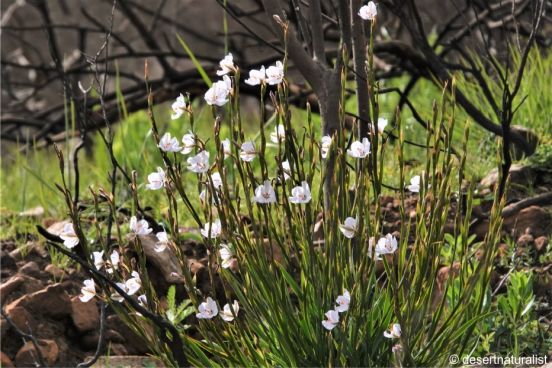
Fig. 1. A clump of Aristea spiralis in flower on Table Mountain, Cape Peninsula. Photo by desertnaturalist
Description
Description
Aristea spiralis is a slender, herbaceous, evergreen, rhizomatous perennial that grows up to 500 mm tall. It is often found in small clumps. The stems are usually unbranched, flattened and winged on the edges. The narrow, 4–7 mm wide, sword-shaped leaves have a soft texture and translucent, angular margins. Plants flower in spring, between August and November. Flowers are placed in two to seven lateral flower clusters on each stem, with each cluster consisting of four, or rarely two, flowers. Greenish spathes (bracts) with translucent margins sheath each flower cluster and dry, membrane-like bracts sheath each flower. The spathes are 33–45 mm long and the bracts somewhat shorter. The half to fully nodding flowers range from white to pale blue in colour and have linear or V-shaped purple markings at the tepal bases. They are often placed on only one side of the stem. The tepals range from 28 to 35 mm long, the inner slightly larger than outer. The filaments are 22–26 mm long or rarely only half as long and the anthers 4.5–6.3 mm long. The 3-lobed ovaries are elongate and 12–15 mm long, while the style is 30–35 mm long with spreading, deeply fringed stigma lobes. Triangular-columnar seeds are placed in elongate, deeply 3-lobed, woody capsules, 30–50 mm long.
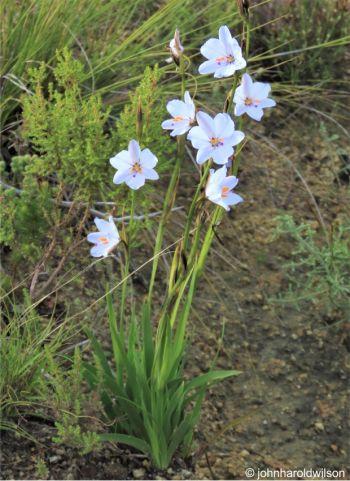
Fig. 2. An Aristea spiralis plant in flower. Photo by johnharoldwilson
Plants of this species can be distinguished by a combination of their large, half to fully nodding flowers that are white to blue with light purple markings near the bases of the tepals. The stamens and style extend horizontally, and most populations have notably long filaments (22–26 mm long), whereas allied species have filaments up to only 6 mm long.
Conservation Status
Status
Aristea spiralis is currently assessed as Least Concern (LC) and is, therefore, not threatened.
Distribution and habitat
Distribution description
This species is relatively common and widespread in the Western Cape. It ranges from Bain’s Kloof near Wellington, southwestwards to the Cape Peninsula and eastwards to Knysna. It occurs predominantly in the Fynbos Biome and is usually found on stony standstone and granite slopes below 1 000 m elevation. Apart from A. woodii and A. ecklonii, Aristea species prefer full-sun and well-drained acidic soils.
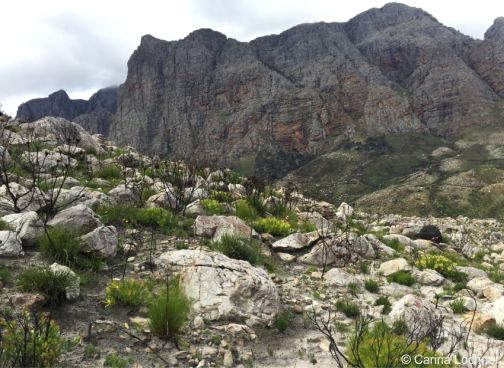
Fig. 3. Typical habitat of Aristea spiralis. Photo by Carina Lochner
Derivation of name and historical aspects
History
Aristea is part of the iris family (Iridaceae), which consists of about 65 genera and 1 800 species worldwide. Aristea has about 58 species and occurs from southern Africa and Madagascar, northward through tropical Africa to Ethiopia and Senegal. The genus name derives from the Greek word arista, meaning ‘an awn, a dry bract-like structure with an acute tip’. It refers to the dry, fringed bracts and spathes of Aristea africana. The specific epithet spiralis is a Latin word meaning ‘spiral’. It likely refers to the coiled shape of the spent flowers. While most Aristea species are rarely grown, Aristea ecklonii is a common garden plant with several medicinal uses.
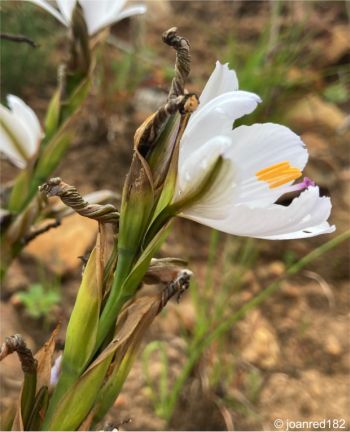
Fig. 4. The coiled spent flowers of Aristea spiralis nestled in the bracts. Photo by Joanred182
Ecology
Ecology
Aristea spiralis is the only species in the genus that secretes nectar from perigonal nectaries at the base of the tepals. It is known to be pollinated by flies with long proboscises, specifically those of the genus Philoliche. In its natural habitat, Aristea spiralis flowers well after fire. Individual flowers tend to last less than a day but plants flower in succession ensuring a prolonged flowering display.
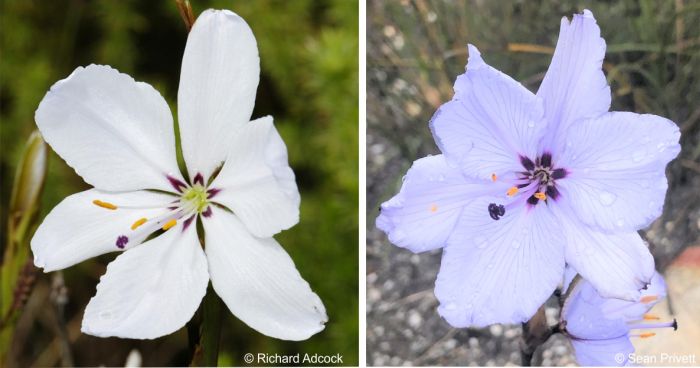
Fig. 5. Examples of the variation in flower colour of Aristea spiralis. Photos by Richard Adcock and Sean Privett
Uses
Use
Aristea spiralis has no known economic or cultural uses except for its horticultural potential. Other noteworthy species are Aristea ecklonii, which is used in traditional medicines and as charms, and Aristea capitata which is widely cultivated.
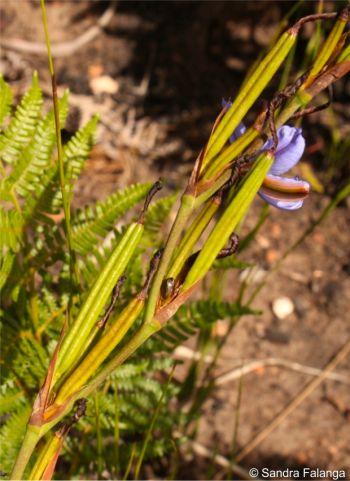
Fig. 6. The 3-lobed capsules of Aristea spiralis. Photo by Sandra Falanga
Growing Aristea spiralis
Grow
Aristea spiralis can be grown in frost-free, winter-rainfall areas. It thrives in waterwise gardens, fynbos gardens or rock garden pockets in full sun. Due it its dense and sometimes vigorous root system it is not well suited for cultivation in pots. In favourable conditions Aristea spiralis grows in large clumps and provides an attractive display of flowers throughout the spring. It would make a good border plant.
Propagate Aristea spiralis from seeds or by dividing mature clumps after flowering. Sow fresh seeds in the autumn, in a well-drained, rich potting soil and cover lightly. Keep them in the shade and water well until the roots are well established; then move them to a suitable spot in the garden. Plants grown from seeds can be expected to flower from the third season onward. Aristea plants can also be propagated by dividing mature clumps, but they do not do well when the roots are disturbed. Thus, when dividing, reduce the leaves by two thirds, keep the roots moist and replant the plants immediately. Give divided plants temporary shade and water well for several weeks until the roots have re-established.
Plant mature Aristea spiralis plants in the garden in full sun and well-drained acidic soil. They can withstand temperatures down to 0°C and are waterwise but need regular drenching in the winter and spring. Established clumps prefer to be left undisturbed for about five years. Aristea leaves are susceptible to rust infections, especially when grown in insufficient sunlight.
References
- Adcock, R. 2013. Observation of Aristea capitata, Silvermine Nature Reserve, Cape Peninsula. iNaturalist. Online. https://www.inaturalist.org/observations/10924931
- Desertnaturalist. 2021. Observation of Aristea capitata, Table Mountain National Park, Cape Town. iNaturalist. Online. https://www.inaturalist.org/observations/96756644.
- Duncan, G.D. 2010. Grow bulbs. Kirstenbosch Gardening Series. South African National Biodiversity Institute, Cape Town.
- Falanga, S. 2019. Observation of Aristea capitata, Camferskloof, Outeniquas. iNaturalist. Online. https://www.inaturalist.org/observations/37188228.
- Goldblatt, P. & Manning, J.C. 1997. New species of Aristea (Iridaceae) from South Africa and notes on the taxonomy and pollination biology of section Pseudaristea. Novon 7: 137–144.
- Goldblatt, P. & Manning, J.C. 2020. Iridaceae of southern Africa. Strelitzia 42. South African National Biodiversity Institute, Pretoria.
- Joanred182. 2021. Observation of Aristea capitata, Table Mountain National Park, Cape Peninsula. iNaturalist. Online. https://www.inaturalist.org/observations/96337641.
- Johnharoldwilson. 2021. Observation of Aristea capitata, Winelands, Western Cape. iNaturalist. Online. https://www.inaturalist.org/observations/93850232.
- Lochner, C. 2017. Observation of Aristea capitata, Lourensford Estate, Western Cape. iNaturalist. Online. https://www.inaturalist.org/observations/42954558.
- Privett, S. 2020. Observation of Aristea capitata, Agulhas Plain, Western Cape. iNaturalist. Online. https://www.inaturalist.org/observations/61389290.
- Raimondo, D., Von Staden, L., Foden, W., Victor, J.E., Helme, N.A., Turner, R.C., Kamundi, D.A. & Manyama, P.A. (eds) 2009. Red list of South African plants. Strelitzia 25. South African National Biodiversity Institute, Pretoria.
- Stearn, W.T. 2004. Botanical Latin. Timber Press, Oregon.
- Van der Walt, L. 2000. Aristea capitata (L.) Ker Gawler (Iridaceae). PlantZAfrica. Online. https://pza.sanbi.org/aristea-capitata.
- Zondi, S. 2000. Aristea ecklonii Baker (Iridaceae). PlantZAfrica. Online. https://pza.sanbi.org/aristea-ecklonii.
Credits
Natasha Lombard
National Herbarium, Pretoria
December 2023
Acknowledgements: images by Carina Lochner, desertnaturalist, Joanred182, johnharoldwilson, Richard Adcock, Sandra Falanga and Sean Privett.
Plant Attributes:
Plant Type: Bulb, Perennial
SA Distribution: Western Cape
Soil type: Sandy, Loam
Flowering season: Spring
PH: Acid
Flower colour: Blue, White, Mauve/Lilac
Aspect: Full Sun
Gardening skill: Average
Special Features:
Horticultural zones







Rate this article
Article well written and informative
Rate this plant
Is this an interesting plant?
Login to add your Comment
Back to topNot registered yet? Click here to register.